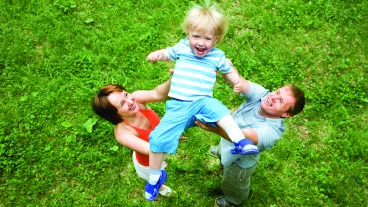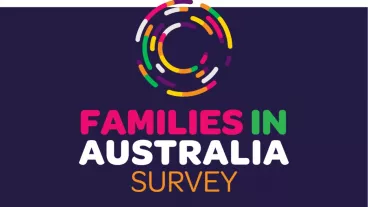Childcare rates bounce back as Australian parents strike a balance between work and home life
The number of parents using childcare services has mostly returned to pre COVID-19 rates despite parents having better access to working from home arrangements, according to a new report from the Australian Institute of Family Studies (AIFS).
The Families in Australia Survey: Towards COVID Normal found that among the 2,167 parents surveyed in November–December 2020, 47% were using formal child care1.
“This compares to our survey in May-June 2020 where just 26% of parents were using approved or formal care at the height of the pandemic,” lead researcher, Dr Jennifer Baxter said.
“Many parents initially withdrew their children from childcare in response to a range of factors, including parental job losses, increased rates of working at home, and financial and health concerns. As a result, only half as many parents were using child care in May-June 2020, compared to 52% pre-COVID,” she said.
During May-June 2020, the percentage of parents using parent-only care jumped to 64%, up from 30% pre-COVID. Concerns for children’s health (44%) and parents being home more (32%) were the main reasons they reduced their use of formal childcare.
Almost one in four families who had stopped using formal child care at the start of the pandemic initially cancelled their children’s enrolment. It became apparent that parents began returning to formal child care during the May-June 2020 survey period, following the start of the period of free child care that was central to the Child Care Fee Relief Package. And the proportion using formal care was back to near pre-COVID levels at the end of the year, when parents were again paying for child care.
“Parents deciding to return to using formal child care reflects the important role that child care services have in contributing to children’s wellbeing and development and supporting parents’ employment,” Dr Baxter said.
A changed pattern was also seen for informal child care use. This type of care dropped to 14% among parents surveyed in May-June 2020, compared to 38% pre-COVID, due to restrictions, parents working at home and heightened concerns over protecting older family members.
However, by November-December 2020, over a third of parents who responded to the survey were using informal childcare, returning to similar levels as those reported before COVID, reflecting the value of informal care arrangements to families.
“Families have long benefited from the care and support grandparents offer, and babysitting is often mutually beneficial for the working parents, grandparents and the children too, as they have the continuity of a family member at home,” Dr Baxter said
About three in four parents reported in November-December 2020 that the child care they were using fully met their needs. Availability and cost were the most often cited barriers to parents having their formal child care needs met.
Access the report Families in Australia Survey Report no. 3: Child care in 2020.
Towards COVID Normal was the second survey in the Families in Australia Survey (AIFS’ flagship survey series). It ran from 19 November to 23 December 2020, when restrictions had been eased in most states.
For the first Families in Australia Survey, there were 7,306 respondents to the survey; of which 6,435 completed all survey questions, and 2,244 were parents of children under 13 years. In the second Families in Australia Survey, 4,866 participants responded; of which 3,627 completed all survey questions, and 2,167 were parents of children under 13 years.
The latest Families in Australia Survey is running until 30 June and can be completed by anyone living in Australia and aged over 18 years.
1 Formal child care includes Centre Based Child Care and Outside Hours School Care.
Media contact
Kate O'Connor
Phone: 0499 860 257
Email: kate.o'[email protected]
Related publications

Families in Australia 2011
Report for National Families Week 2011 draws on recent statistics to provide a picture of selected aspects of…
Read more
Families in Australia Survey
The Families in Australia Survey survey series ran from May 2020 to December 2021. A particular focus was the effects…
Read more